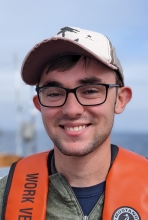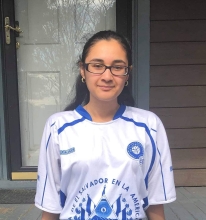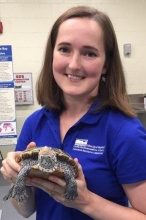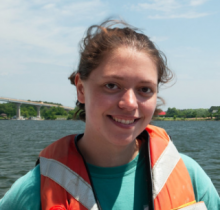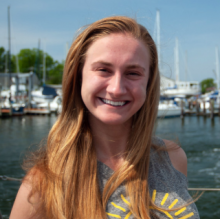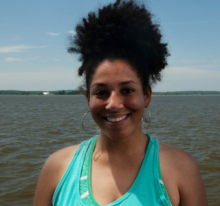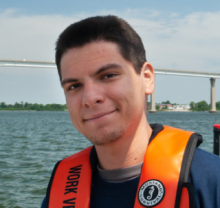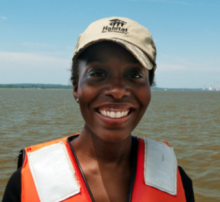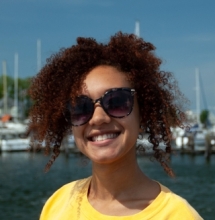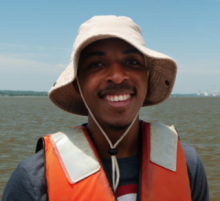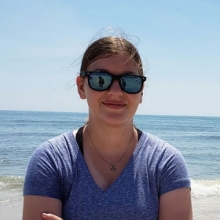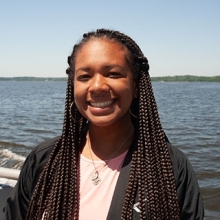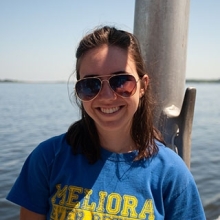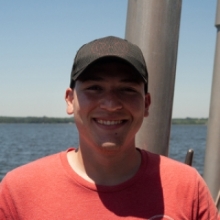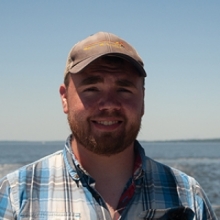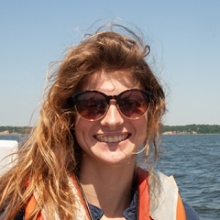Eight students will be presenting the summer work at the Ocean Sciences Meeting in March 2022!
Sarah Stein, University of Vermont
Class Year:
2002Mentor:
Evamaria Koch, Ph.D.Project Title:
The Demise and Recovery of a Seagrass Habitat Following a Barrier Island Overwash
Abstract:
Seagrass decline worldwide is generally attributed to eutrophication. However, in the future global climate change may increase sea-surface temperatures, increasing the frequency and severity of storms. Increase in severe storms may also cause an increase in overwash events along barrier islands. Overwash events increase deposition, burying seagrasses and altering their habitat. The seagrasses Zostera marina and Ruppia maritima occur in patchy distributions in Sinepuxent Bay, a shallow coastal barrier island lagoon south of Ocean City, MD affected by overwashes approximately every 5 to 7 years. We hypothesize that overwash events will cause a short-lived setback on local seagrass populations as they quickly recolonize the area. We determined through organic matter, grain size, and GIS analysis that an overwash in 1998 altered seagrass habitats by changing topography, sediment type, and bottom cover. However, new seagrass habitat is being created as seagrasses slowly recolonize the area.





